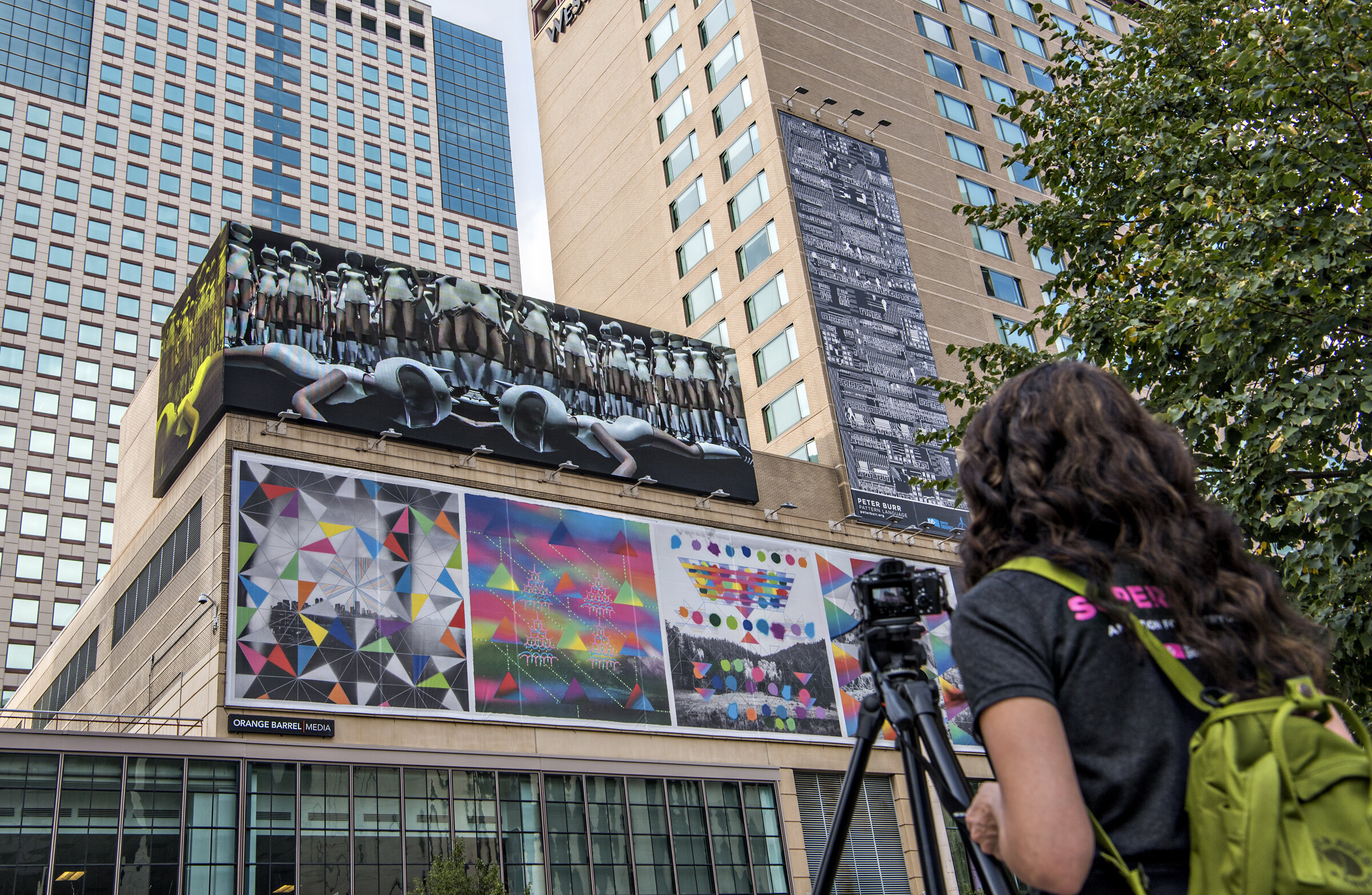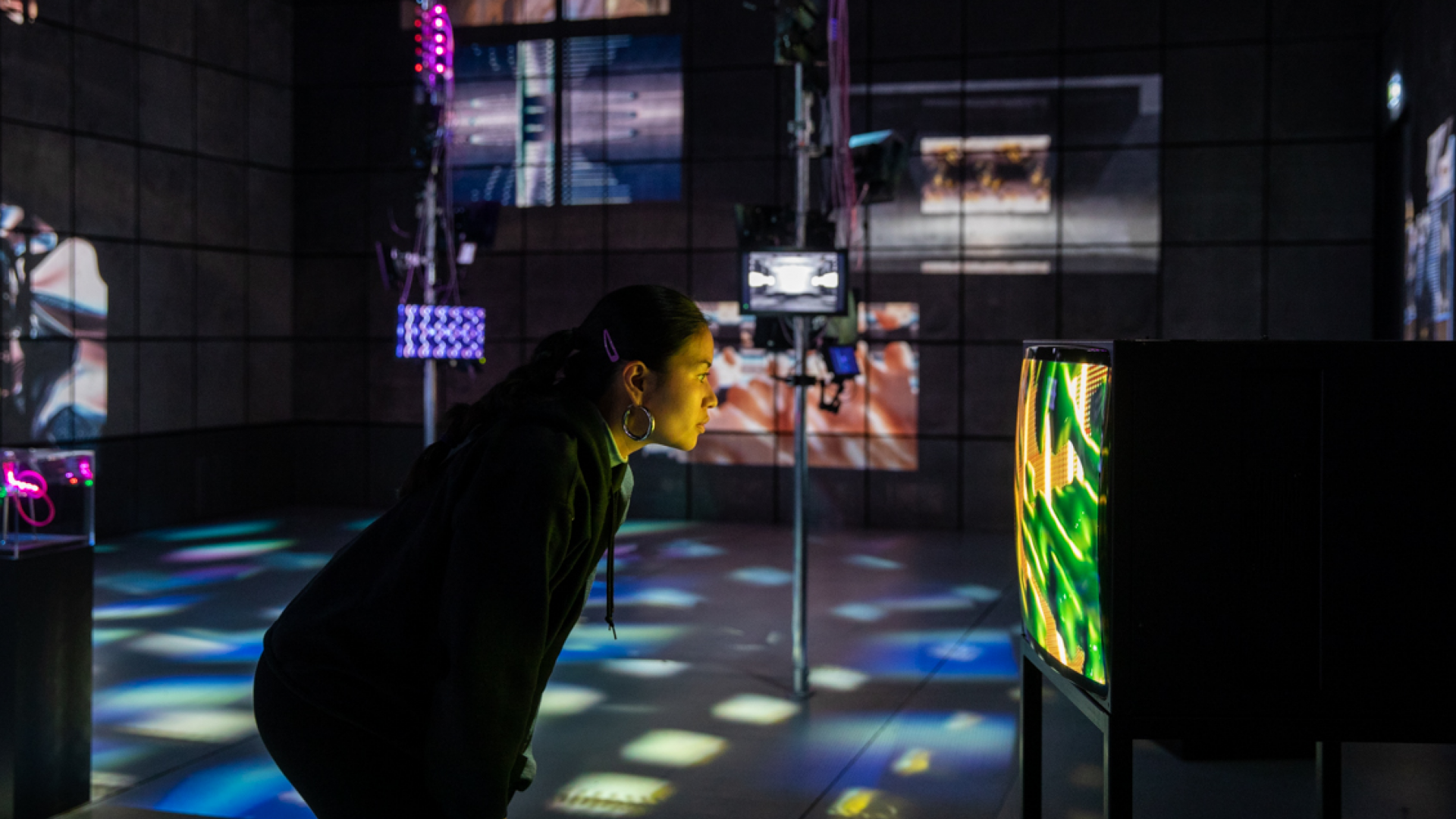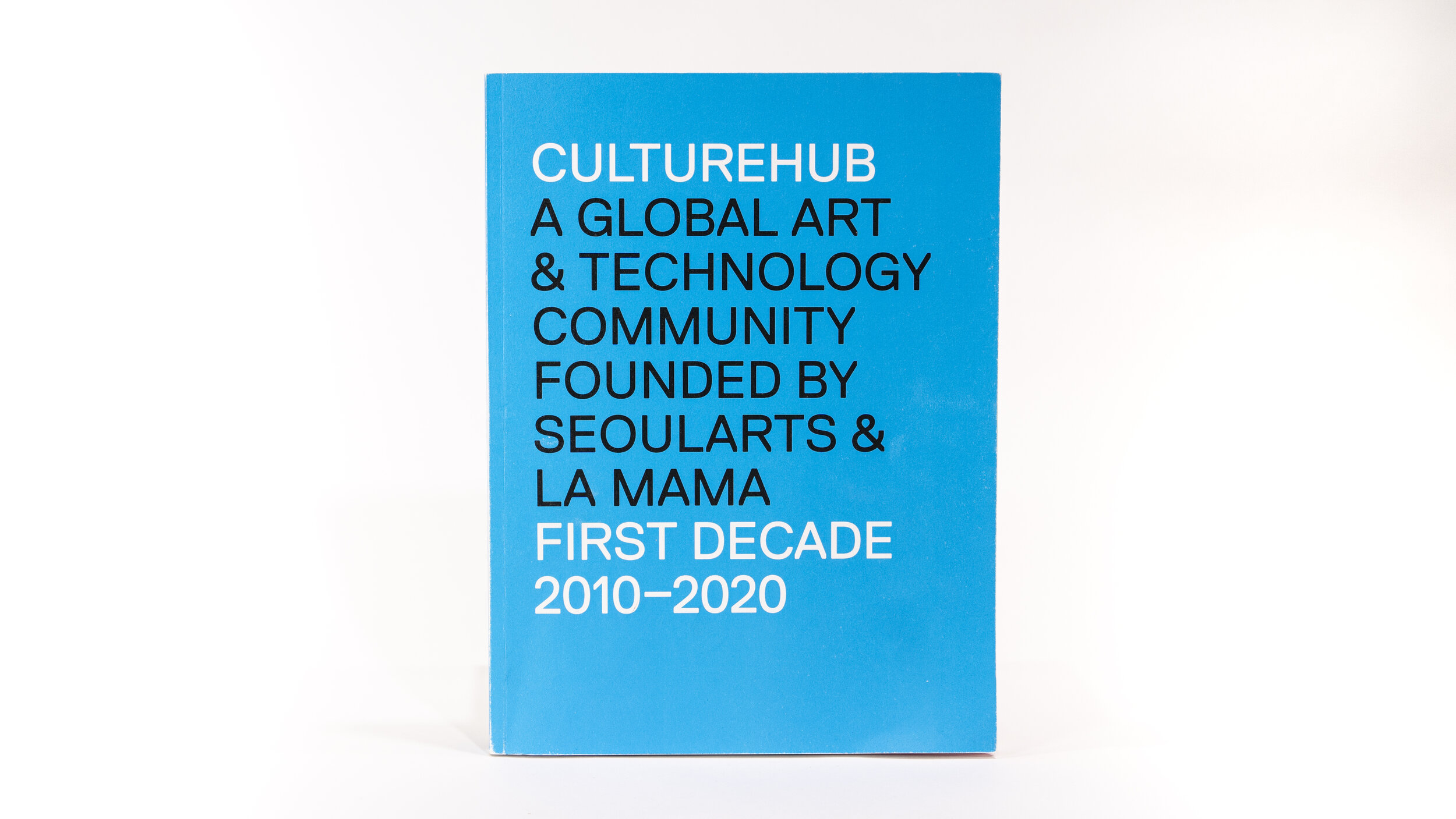With a collection of over 5,500 works of art and 270,000 book materials, the Museum of Contemporary Art Tokyo today conducts various projects to grasp the current state of art by actively addressing the latest creative endeavors, both at home and abroad, within a variety of fields. It attempts to meet the needs of wide range of visitors, its various departments collaborating in such areas as the collection of works/reference materials, the presentation of permanent/ temporary exhibitions, education and the maintenance of a comprehensive art library, working in the pursuit and promotion of art that is appropriate to the diversified values of the current age. [1]
The Museum of Art and Digital Entertainment was founded in 2011 as a non-profit dedicated to the preservation of our digital heritage in playable form, and to inspire the next generation of game developers. The MADE is a 501c3 non-profit. [1]
Despite having made a remarkable impact upon our modern culture, video games have largely been left out of the mainstream information preservation discussion. Aside from occasionally popping into the public consciousness, the day-to-day work of preserving our digital heritage in a form that can still be played is largely performed by loosely knit groupings of communities that operate somewhat outside the legal bounds of modern copyright laws. [1]
Thus, the MADE seeks to legitimize the preservation of video games as both a historic and artistic medium within the context of our time. Hence, visitors to the MADE can pay a single admission fee and then subsequently play any of our collection of over 12,000 games across 40 systems for as long as they may like. [1]
Rather than an arcade, the MADE is a bit more like a digital library, where research can be performed, history can be learned, and of course, flights of fancy and adventure can take place. [1]
Laboratory provides space and support for interactive art in Spokane, Washington. What is interactive art? We want to support artistic experiences that go beyond either ‘something on a wall’ or ‘something on a stage’. We’re interested in art that creates experiences, where the viewer/user is an integral part in their own experience, where they can touch, manipulate, and, well, interact with the stuff they’re seeing. We want people to feel that art is something that they’re a part of, not just something they look at from a distance and move on. [1]
Laboratory is focused specifically on supporting the development of interactive art. So, we’re interested in artists whose work changes or reacts to audience participation, the changing environment, or other sources of real-time data. Because of this, we tend to have a lot of people who do digital/new media work, but we try hard to be open to other media too. Is your project a wall of paint that people are encouraged to come up and smudge around? A sculpture to be climbed on? Great! Basically, anything that actively involves the viewer, or relies on some kind of data, we’re all for it. [2]
Founded in 1971, Trinity Square Video is one of Canada’s first artist-run centres and its oldest media arts centre. We are a not-for-profit, charitable organization.[1]
For 50 years, Trinity Square has been a champion of media arts practices. Our activities are guided by a goal to increase our members’ and audiences’ understanding and imagination of what media arts practices can be. Trinity Square strives to create supportive environments, encouraging artistic and curatorial experimentation that challenge medium specificity through education, production and presentation supports.[1]
As video-based practices have become increasingly present across disciplines, Trinity Square engages artists and curators in critical investigations into the changing conditions of perception, materiality and the virtual. We consider all of our artistic activities and structures through a process of critical self-reflection, continuously evaluating the ethical positioning of our programming, jury structures, inter-organizational relationships, et cetera. In addition to holding aesthetic worth in its own right, our artistic programming extends our education and production activities in order to generate new knowledges.[1]
Trinity Square’s programming is guided by three priorities: 1) promoting an expanded definition of media arts; 2) promoting the meaningful engagement of diverse voices in all levels of our operations; and 3) supporting and nurturing the production of new works by artists and curators. Our membership represents the diversity of the city and honours the original mandate of the organization—seeking to reduce barriers to access related to race, gender, sexual orientation, and socio- economic and physical ability. [1]
Denver Digerati is a nonprofit that supports artists working in digital animation and motion art. We believe in the freedom to create without restrictions. Denver Digerati promotes those who aspire to express their unique visions through their art. We produce content, manage equitable artist commissions, collaborate on community events, deliver education workshops, and host the annual Supernova Digital Animation Festival.[1]
Denver Digerati are leaders in the field of art integration with public LED and other display formats that position motion art and animation as a form of creative engagement. We provide a platform for artists and students through wider exposure to their work with the Supernova Digital Animation Festival, the first festival in the world dedicated exclusively to digital animation and motion art. [1]
Through Supernova and other initiatives, Denver Digerati provides compensation to artists through commissions and awards. We endeavor to reduce barriers to access and strive to foster an increased awareness of the medium through our educational opportunities and partnerships. We are dedicated to educating students and the public on the rapidly evolving field of tech based tools and how they can be wielded to create awe inspiring art. [1]
Denver Digerati originated with a passion for the outdoor exhibition of motion art on LED infrastructure by founder Ivar Zeile. The project has evolved into a non-profit arts organization with the desire to connect an international community of artists with opportunities to present their work in a variety of public and private settings, upholding the highest quality and standards. [1]
Indexical is dedicated to experimentation in music. Indexical engages the public in radical and unfamiliar work through performance, publication, documentation, educational initiatives, and discussion. We work with historically, culturally, and institutionally underrepresented artists and build community through long-term collaborative projects.[1]
Indexical has presented concerts since 2011, beginning in a converted chapel in Brooklyn and relocating in 2015 to Santa Cruz, California. Since moving to Santa Cruz, Indexical has presented over 75 performances, artist talks, participatory workshops, and large-scale public art events.[1]
In 2018, Indexical formed a 501c3 nonprofit organization with the intention of creating a permanent home for experimental music and art in Santa Cruz. In 2021, Indexical opened a brick-and-mortar venue and gallery space at the Tannery Arts Center in Santa Cruz, and projects hosting upwards of 40 performances over the coming season.[1]
Indexical’s programming is supported in part by the Vincent J. Coates Foundation, the Aaron Copland Fund for Music, the Arts Council of Santa Cruz County, the WHH Foundation, The Alice M. Ditson Fund of Columbia University, the City of Santa Cruz and the Santa Cruz Arts Commission, as well as over 60 individual donors.[1]
Brighton Digital Festival is a platform that supports and encourages people across the city to experience and explore digital technology in all its forms. The festival celebrates [Brighton's] creativity, its innovative digital economy, and top-level arts scene, and provides space for meaningful critique of the role of digital technology in reshaping life and culture. BDF supports the community to produce an open programme of events on the nexus of digital arts, technology, and society alongside education programming.[1]
A space and medium dedicated to post-Internet cultures.
Since its opening in 2011, La Gaîté Lyrique is both a space and a medium, a living space centred around research, creation, experimentation and sharing, a space open to all audiences. As witnesses of our hyper-connected era, our focus is on post-Internet cultures: these emerging artistic practices, born on or transformed by the Internet, sit at the intersection between art, new technologies and societal issues. They are rampant, resolutely popular, often festive, sometimes marginalized. [1]
In a time when the use of innovative digital tools leads to the multiplication and hybridization of musical styles, La Gaîté Lyrique explores the rich field of contemporary music, its primary area of interest. But it also celebrates the dance movements that are born and shared online, the podcasts and video games that transform the way we tell stories, the virtual reality tools that renew our perception of the world, the design narratives that help imagine the future, the creative models born from blockchain, and all the art forms that shape the world of tomorrow.[1]
Via a multidisciplinary programme –packed with concerts, exhibitions, talks, performances and workshops– that favours immersion, experimentation, narration, collective experience, entertainment and engagement, La Gaîté Lyrique’s mission is to welcome the artists who are making their mark on society and to support each and every citizen in their discovery and understanding of post-Internet cultures. [1]
CultureHub is a global art and technology community that was born out of decades of collaboration between La MaMa and the Seoul Institute of the Arts, Korea’s first contemporary performing arts school. These two visionary institutions sought to explore how the internet and digital technologies could foster a more sustainable model for international exchange and creativity. [1]
Since its founding in 2009, CultureHub has grown into a global network with studios in New York, Los Angeles, Korea, Indonesia, and Italy, providing connected environments for artists to critically examine our evolving relationship to technology. Through residencies, live productions, and educational programming, CultureHub advances the work of artists experimenting with emerging technologies in search of new artistic forms. CultureHub builds new partnerships that expand our network and provide increased access to online and offline platforms that fuel artist mobility, create opportunities for cultural exchange, and broaden human understanding through the convergence of art, technology, and education. [1]
Named after the pioneering critic of the commercialization of mass media, the late Professor Rose Goldsen of Cornell University, the Archive was founded in 2002 by Timothy Murray to house international art work produced on CD-Rom, DVD-Rom, video, digital interfaces, and the internet. Its collection of supporting materials includes unpublished manuscripts and designs, catalogues, monographs, and resource guides to new media art.[1]
Emphasizing multimedia artworks that reflect digital extensions of twentieth-century developments in cinema, video, installation, photography, and sound, holdings include extensive special collections in American and Chinese new media arts, significant online and offline holdings in internet art, and the majority of works in the international exhibition, Contact Zones: The Art of CD-Rom.[1]
The curatorial vision emphasizes digital interfaces and artistic experimentation by international, independent artists. Designed as an experimental center of research and creativity, the Goldsen Archive includes materials by individual artists and collaborates on conceptual experimentation and archival strategies with international curatorial and fellowship projects.[2]
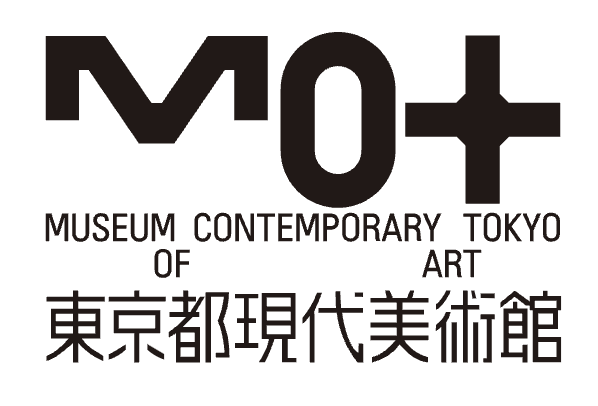



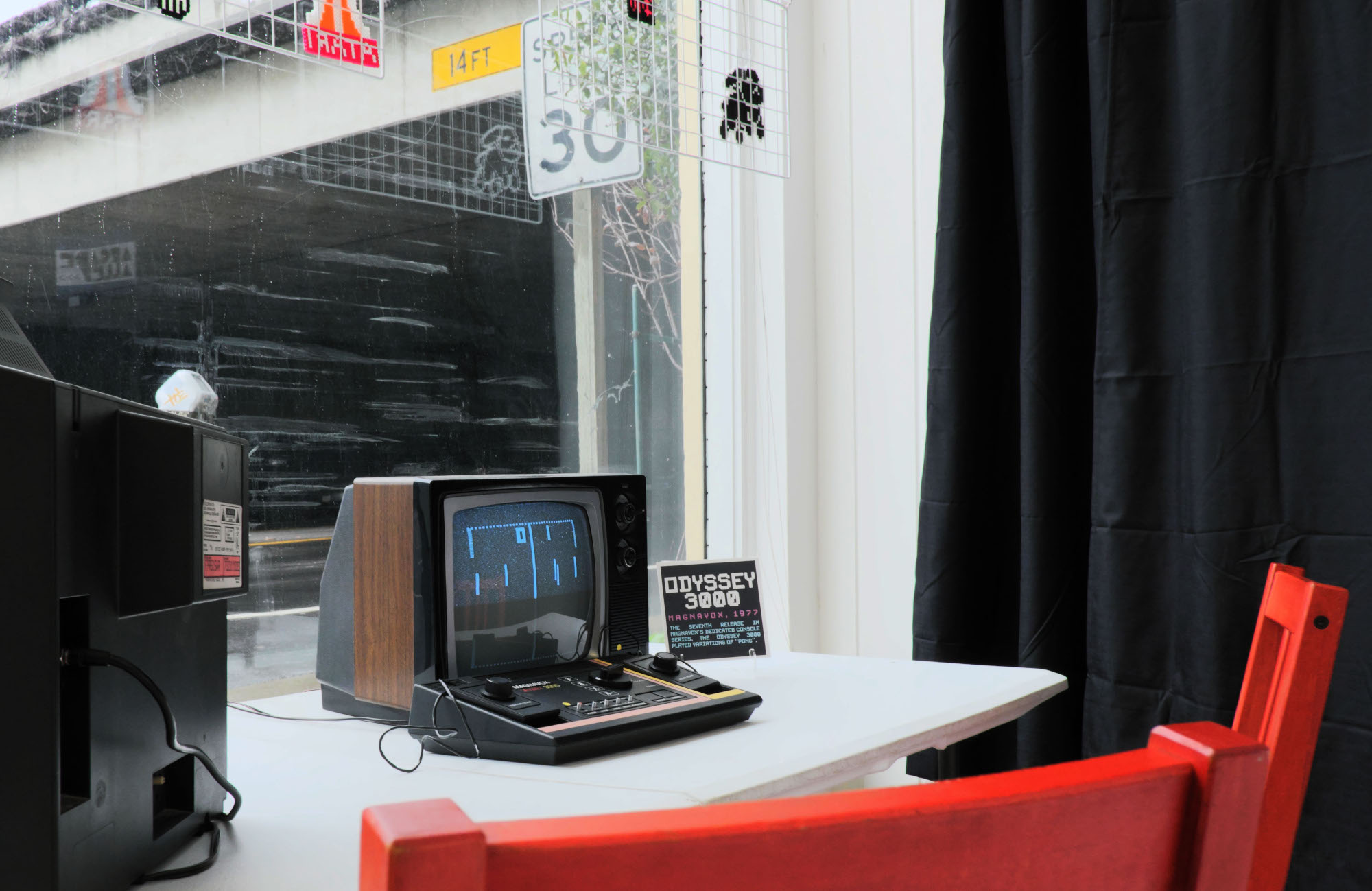


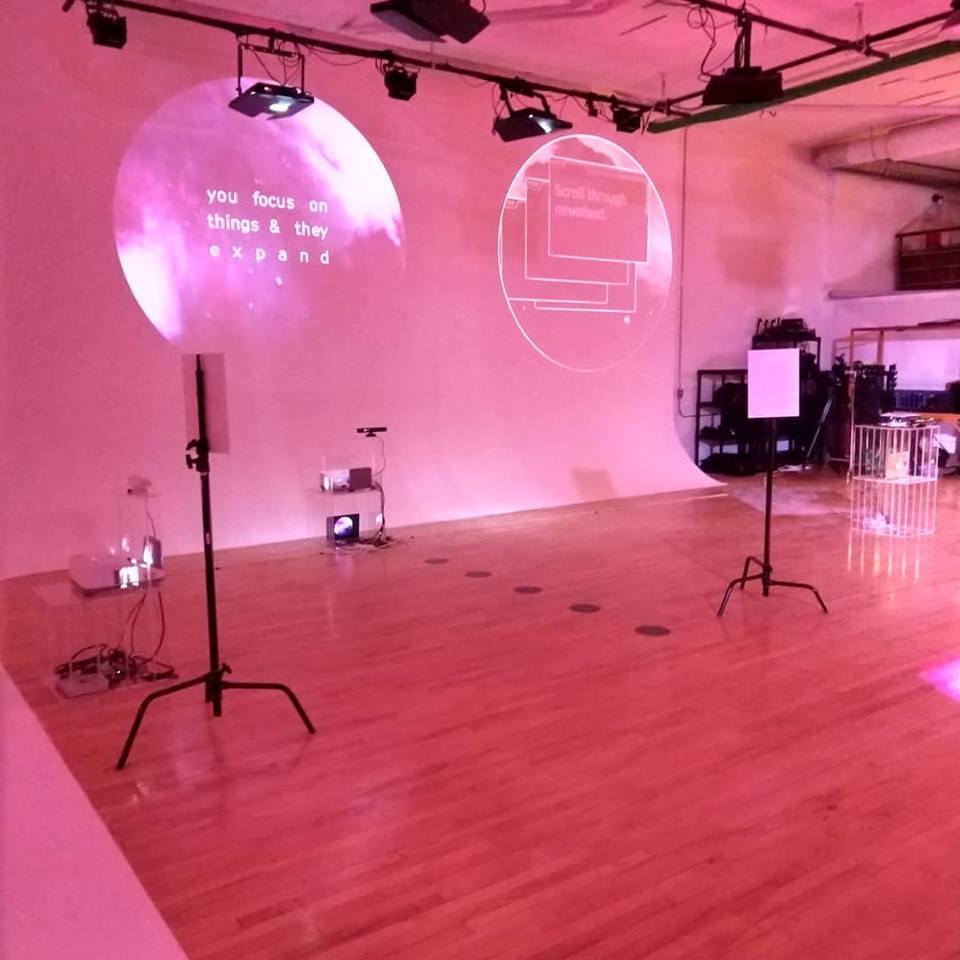

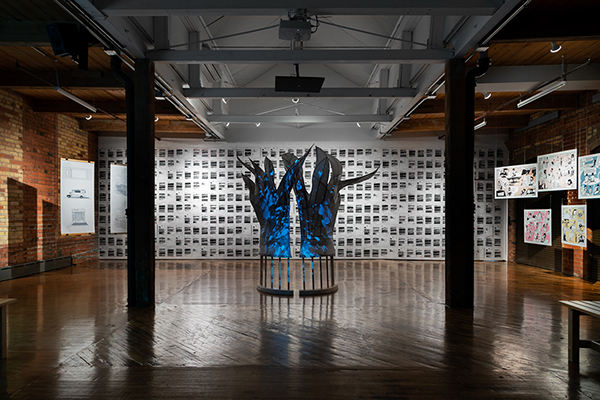

.png)
